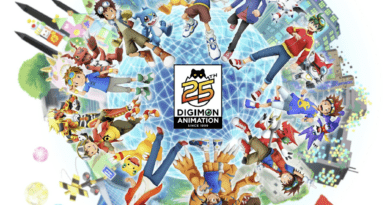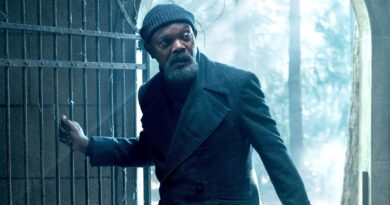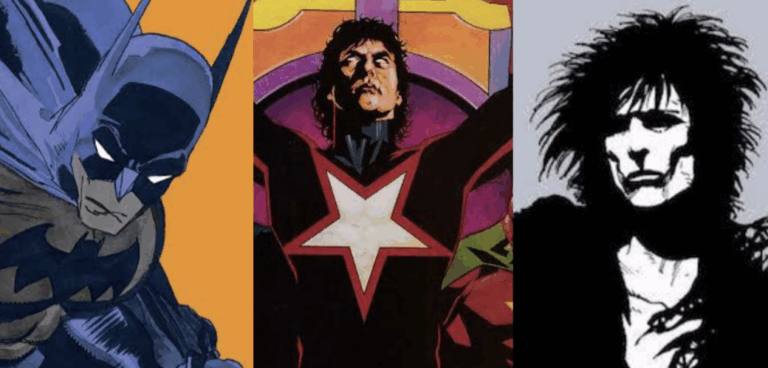
The 5 Best DC Comics of the ’90s
The 1990s were a turbulent, transformative time for DC Comics. It was a decade defined by
darker themes, bold creative risks, and iconic storylines that would shape the DC Universe for
years to come. While some of the era’s aesthetics like excess pouches, grimdark heroes, and
shoulder pads galore may have aged questionably, the ’90s also gave fans some of DC’s most
groundbreaking and influential works.
Whether you’re revisiting these classics or discovering them for the first time, these books are
essential reading, not just for understanding DC’s evolution, but for appreciating comics as an art
form. From genre-defining reinventions to bold narrative experiments, these are the five best DC
comics of the 1990s that every fan should read (or revisit).
- “Starman” (1994) by James Robinson and Tony
Harris
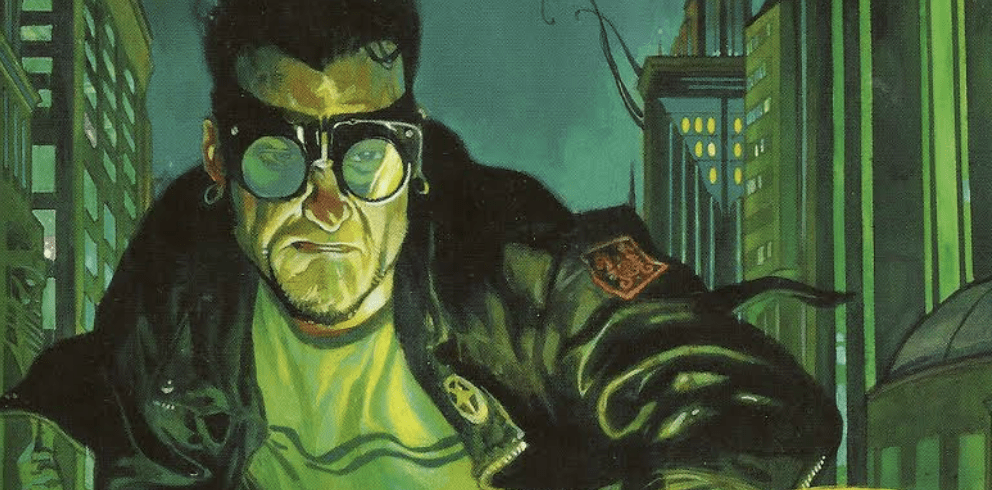
Starman was the sleeper hit of the ’90s, a series that quietly redefined legacy superheroes. When
classic hero Ted Knight retires, his reluctant, punk-inspired son Jack takes up the mantle. Unlike
his Golden Age father, Jack is brash, unsure of himself, and entirely uninterested in being a
superhero until tragedy forces his hand.
What followed was a heartfelt, deeply character-driven epic that blended superhero action with
introspection, Americana, and myth. James Robinson’s writing treated continuity not as baggage
but as a treasure trove, weaving in forgotten characters and obscure DC lore. Tony Harris’
distinctive art grounded the story in a rich, textured world. Starman isn’t just a great ’90s book,
it’s one of DC’s finest ongoing series ever.
- “Batman: The Long Halloween” (1996–1997) by
Jeph Loeb and Tim Sale
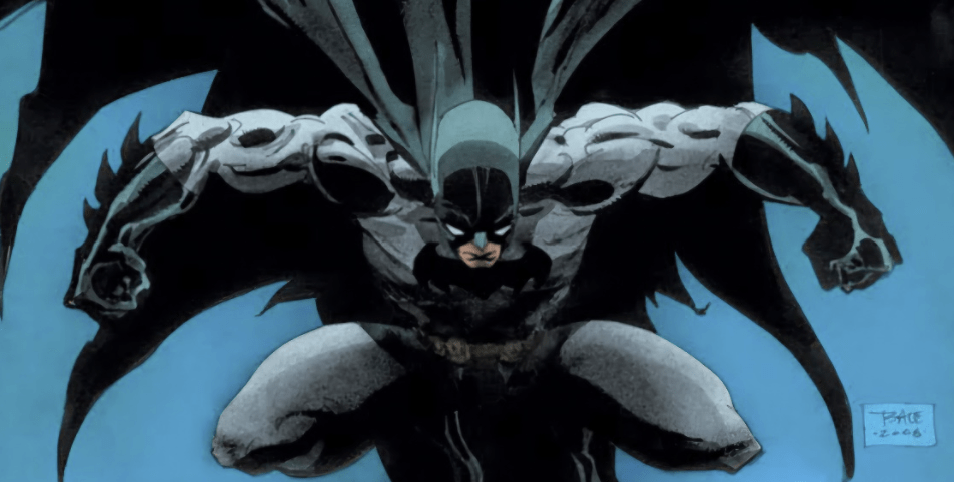
Few comics capture Gotham’s noir essence quite like The Long Halloween. This 13-issue
mystery miniseries explores Batman’s early career as he hunts a killer named Holiday, who
strikes on major calendar dates. Along the way, it charts the rise of Gotham’s freak villains and
the fall of the Falcone crime family.
Jeph Loeb’s script is a masterclass in slow-burn storytelling, building suspense issue by issue.
But it’s Tim Sale’s moody, stylized artwork that steals the show, draping Gotham in shadows
and snow, blood and fireworks. The Long Halloween isn’t just an origin for Batman’s rogues’
gallery, it’s a meditation on the cost of justice and obsession. A definitive Batman tale that still
holds up today.
- “Kingdom Come” (1996) by Mark Waid and Alex
Ross
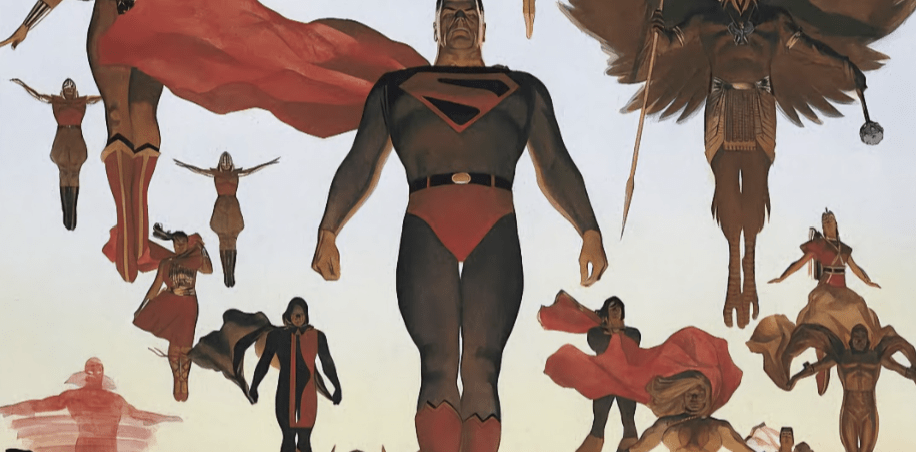
A prophetic and deeply philosophical Elseworlds story, Kingdom Come imagines a near-future
DC Universe where the ideals of classic heroes are challenged by violent, reckless metahumans.
When Superman returns from self-imposed exile, he must restore order to a world that’s lost
faith in traditional heroism.
Mark Waid delivers a script packed with reverence, moral complexity, and sharp political
commentary but the real draw is Alex Ross’s fully painted artwork. Each panel feels like a
Renaissance fresco, imbued with a godlike gravitas that few comics have matched since.
Kingdom Come is part cautionary tale, part love letter to DC’s Silver Age.
- “Animal Man” (continued run by Peter Milligan
and Jamie Delano, 1990–1995)
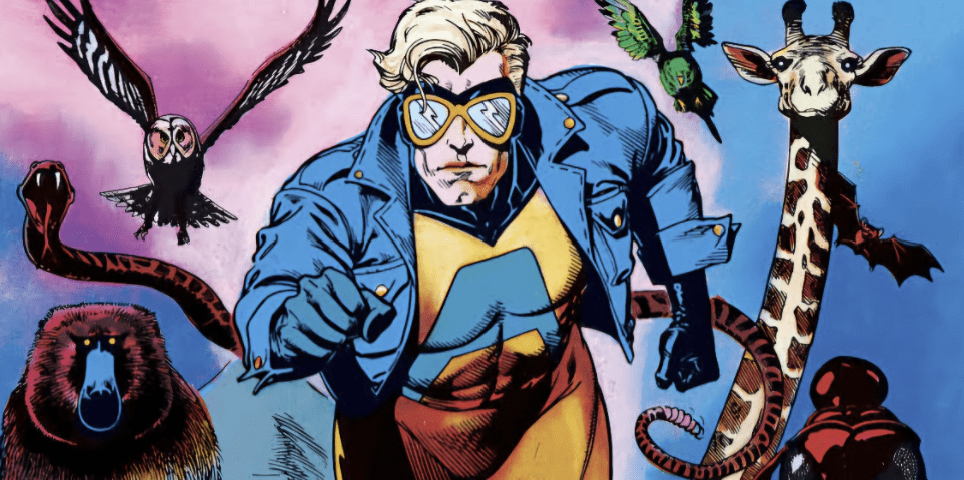
Though Grant Morrison’s legendary run on Animal Man began in the late ’80s, the ’90s
continuation solidified the book as a cult classic. Writers like Peter Milligan and Jamie Delano
steered the series into even more experimental territory, exploring ecology, identity, and
existentialism through the lens of Buddy Baker, a struggling superhero and family man.
Animal Man in the ’90s was equal parts surreal horror, postmodern literature, and social
commentary. It dared to ask what it meant to be a hero in a world teetering on collapse, long
before “meta” became a buzzword. For fans of cerebral, emotionally complex comics, this series
remains a hidden gem from DC’s edgiest decade.
- “The Sandman” (1989–1996) by Neil Gaiman
and Various Artists
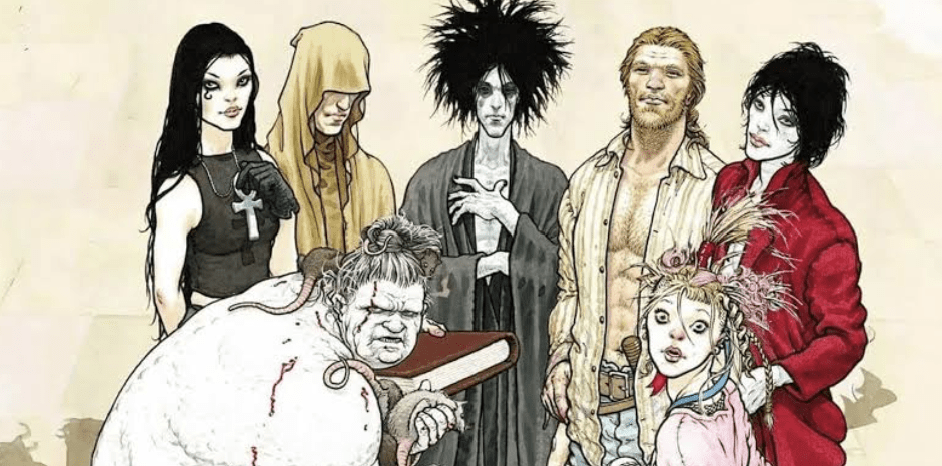
Yes, it began in the late ’80s, but the bulk of The Sandman unfolded through the ’90s, and it
would be impossible to talk about the best DC comics of that decade without it. Neil Gaiman’s
magnum opus transformed comic books into high literature, blending mythology, horror, fantasy,
and poetry in ways few had imagined possible.
Following Morpheus, the anthropomorphic personification of Dream, The Sandman was more
than a narrative, it was a mythology in itself. With contributions from legendary artists like Dave
McKean, Jill Thompson, and Michael Zulli, each arc felt distinct yet cohesive. From “Season of
Mists” to “The Kindly Ones,” the series offered readers a darkly beautiful meditation on change,
responsibility, and storytelling itself.
It also helped birth DC’s Vertigo imprint, opening the door for a wave of mature, creator-driven
comics. The Sandman changed comics in the ’90s and redefined what the medium could be.


